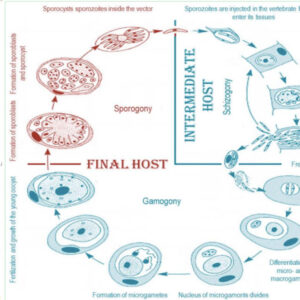 Haemogregarines
Haemogregarines
Entry Category: Science and Medicine - Starting with H
 Haemogregarines
Haemogregarines
 Haemogregarines
Haemogregarines
Haemogregarines
Hall-Trujillo, Kathryn
Hall, William Sterling
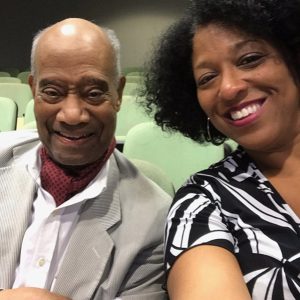 William Sterling Hall
William Sterling Hall
Hallock, Harry M.
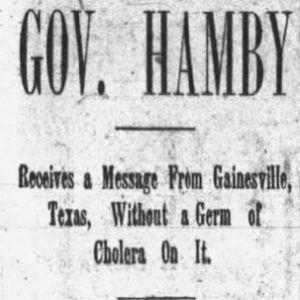 Hamby Cholera Concern
Hamby Cholera Concern
Handywagon
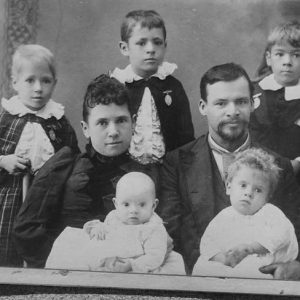 Harding Family
Harding Family
Harding, Arthur McCracken
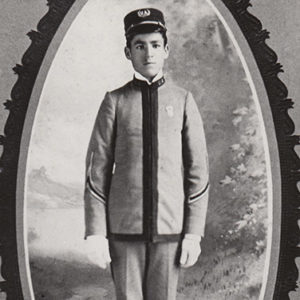 Arthur Harding Cadet Medal
Arthur Harding Cadet Medal
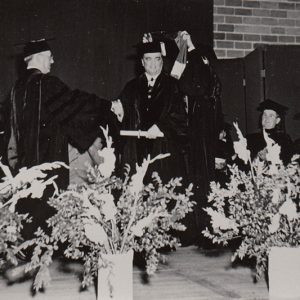 Arthur Harding and J. Edgar Hoover
Arthur Harding and J. Edgar Hoover
Harris, Ernest James
Harrison, William Floyd Nathaniel
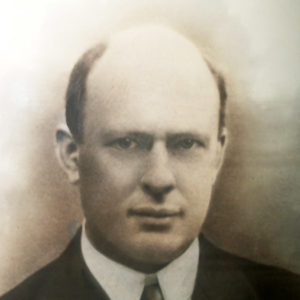 Harry Hallock
Harry Hallock
Harry K. Dupree Stuttgart National Aquaculture Research Center
Harvestmen
aka: Daddy Long-Legs
aka: Granddaddy Long-Legs
 Harvestmen of Arkansas
Harvestmen of Arkansas
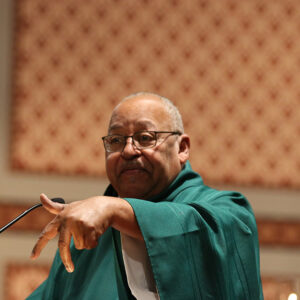 Warren L. Harvey at MLK Mass
Warren L. Harvey at MLK Mass
Health and Medicine
 Helena-West Helena Bridge
Helena-West Helena Bridge
Hemipterans
aka: True Bugs
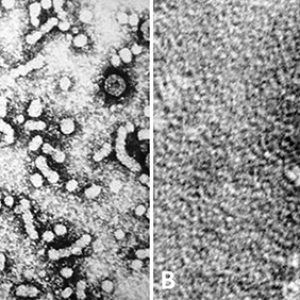 Hepatitis B and C
Hepatitis B and C
 Hernando de Soto Bridge
Hernando de Soto Bridge
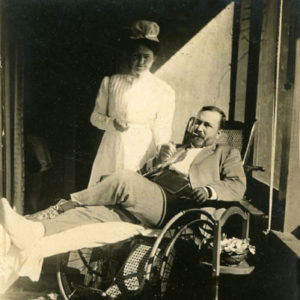 Elisabeth Herndon
Elisabeth Herndon
Herndon, Elisabeth Chapline
 Herpes
Herpes
Herrings
aka: Clupeids
Hildreth, James Earl King
Hodges, Thomas L.
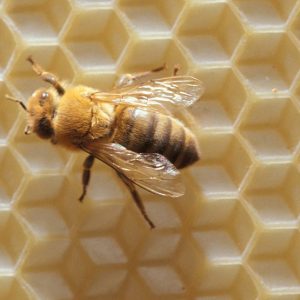 Honeybee, Official State Insect
Honeybee, Official State Insect
Hookworm Eradication
 Hookworm Eradication Article
Hookworm Eradication Article
 Hookworm Incidence Article
Hookworm Incidence Article
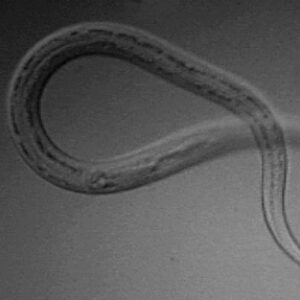 Hookworm Larva
Hookworm Larva
 Hookworm Life Cycle
Hookworm Life Cycle
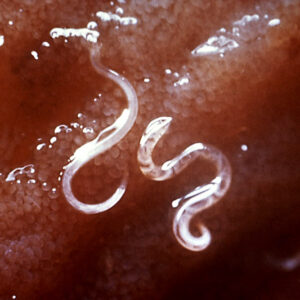 Hookworms in the Intestine
Hookworms in the Intestine
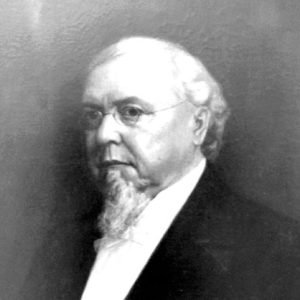 Philo Hooper
Philo Hooper
Hooper, Philo Oliver
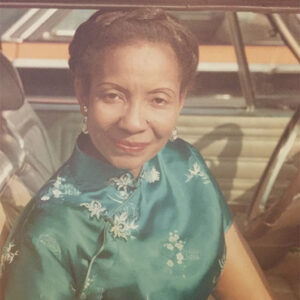 Dorothy M. Hoover
Dorothy M. Hoover
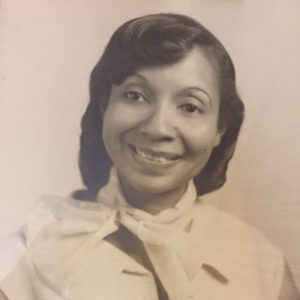 Dorothy M. Hoover
Dorothy M. Hoover
Hoover, Dorothy M.
aka: Dorothy Estheryne McFadden Clarke Hoover
Hospital Unit T
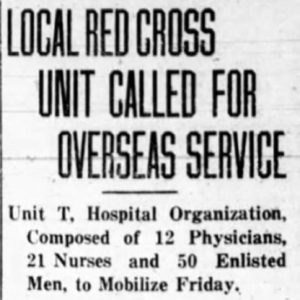 Hospital Unit T Article
Hospital Unit T Article
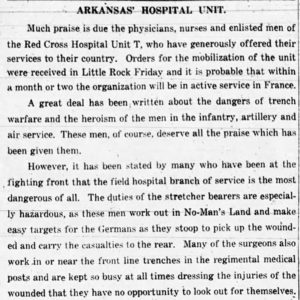 Hospital Unit T Paean
Hospital Unit T Paean
Hospitals (Civil War)
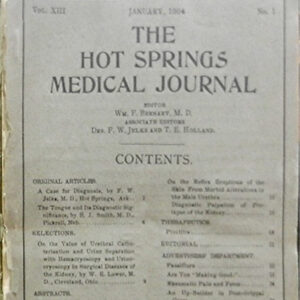 Hot Springs Medical Journal
Hot Springs Medical Journal
Hot Springs Medical Journal
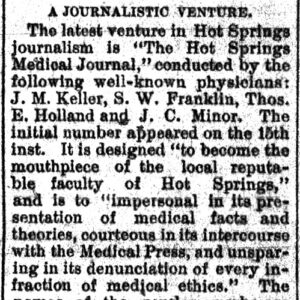 Hot Springs Medical Journal Story
Hot Springs Medical Journal Story




